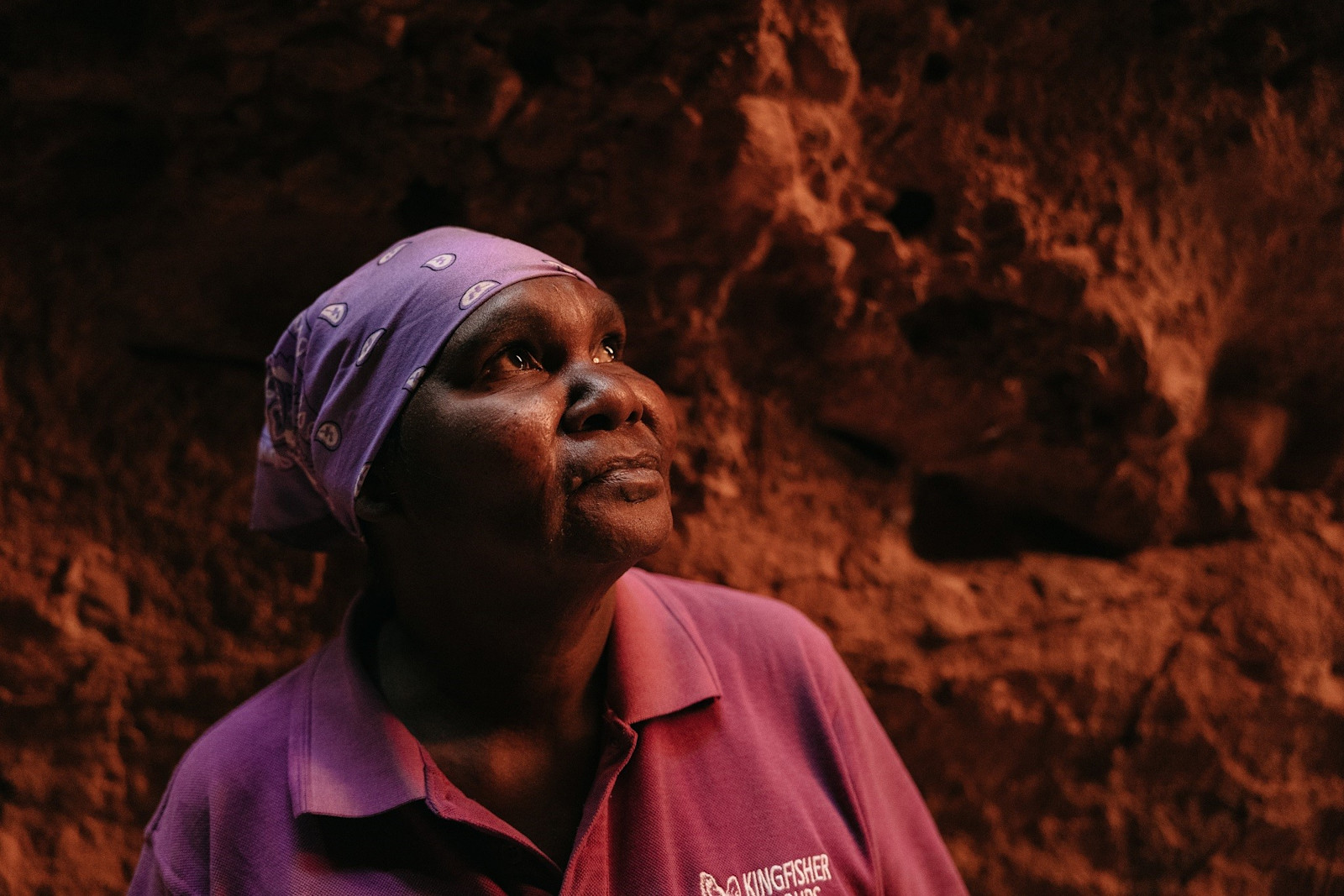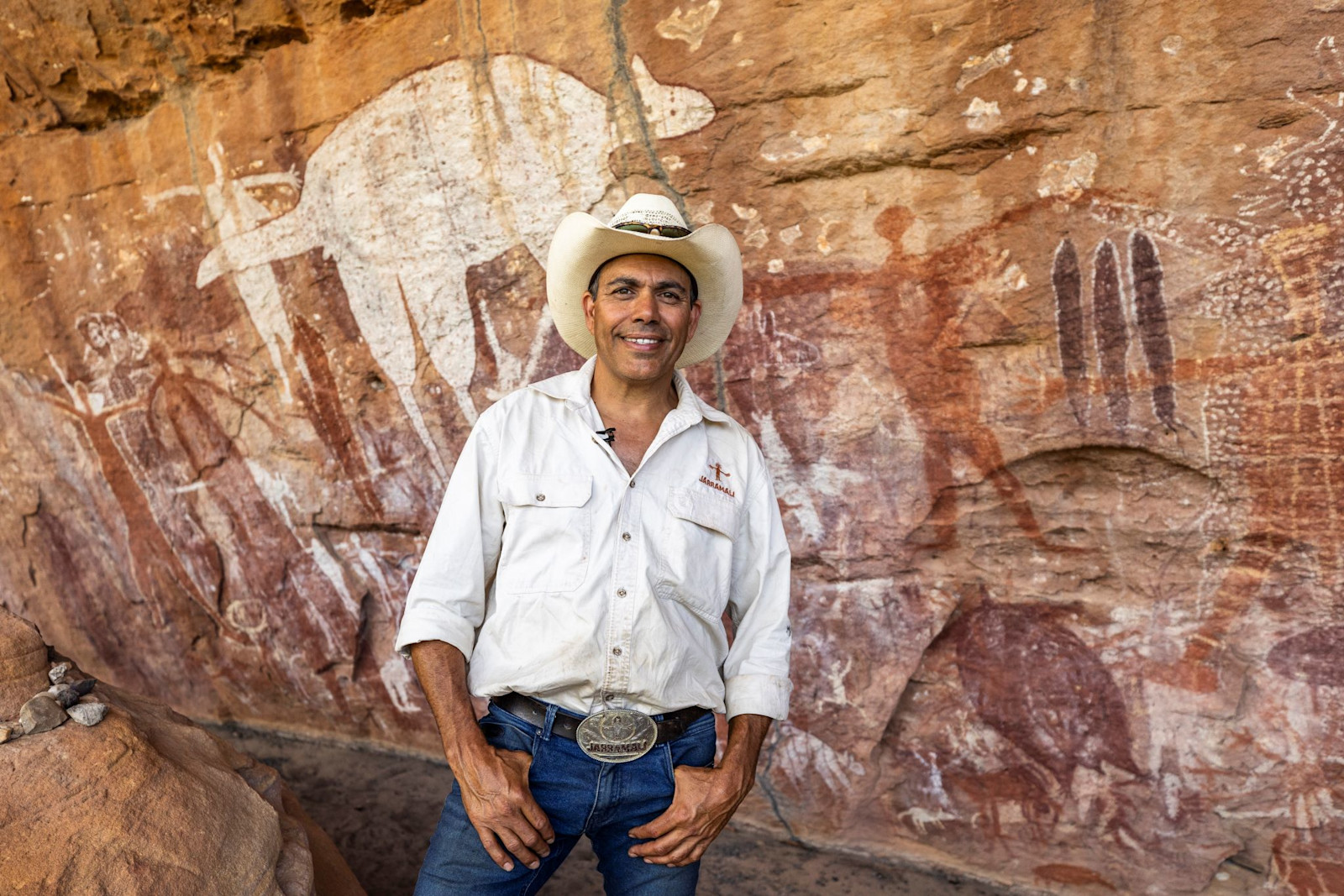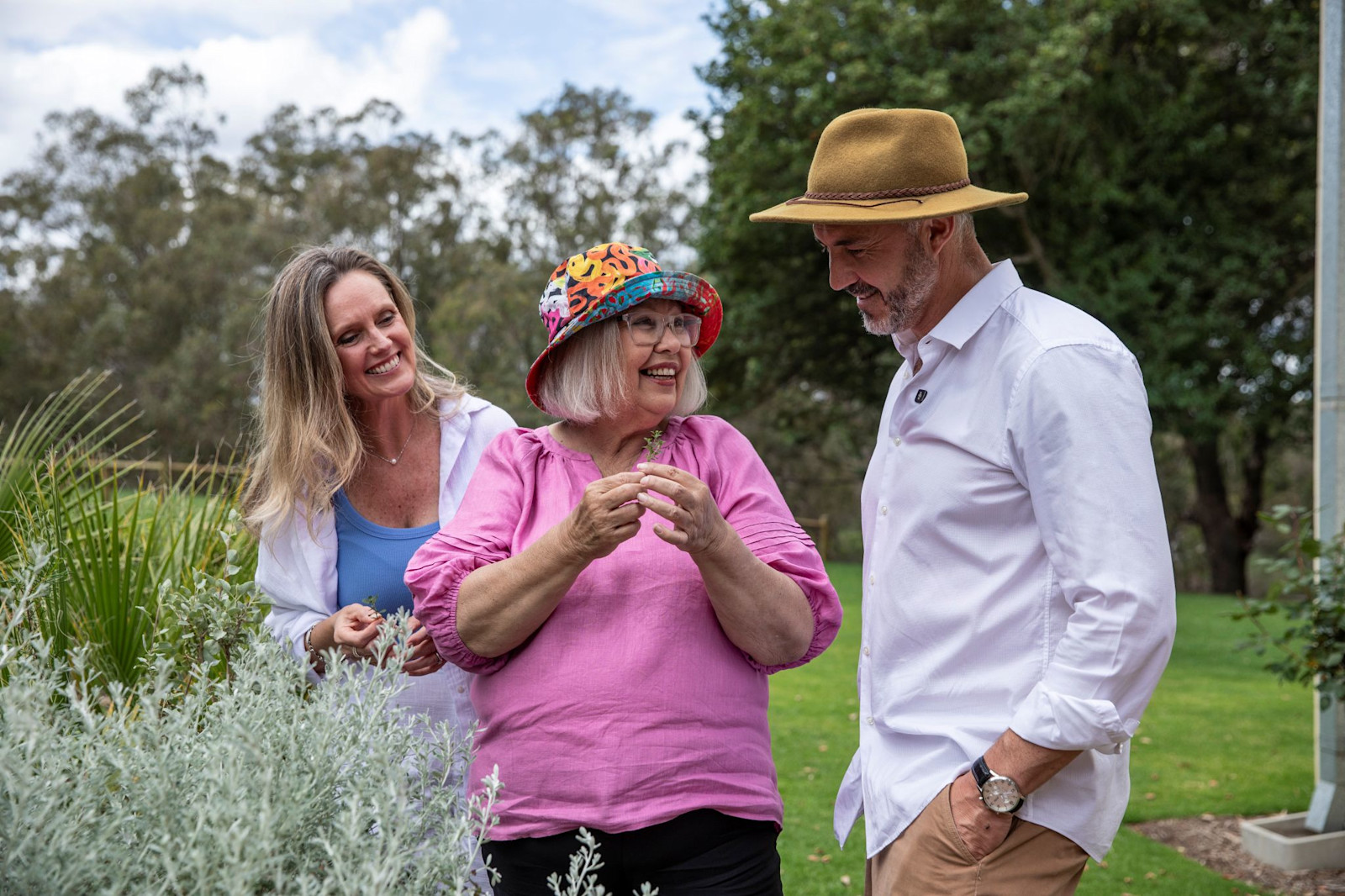Seeing Sydney in a new light on a bridge climb with a difference
Climbing the Sydney Harbour Bridge with an Indigenous storyteller guide puts Aboriginal cultures into perspective.
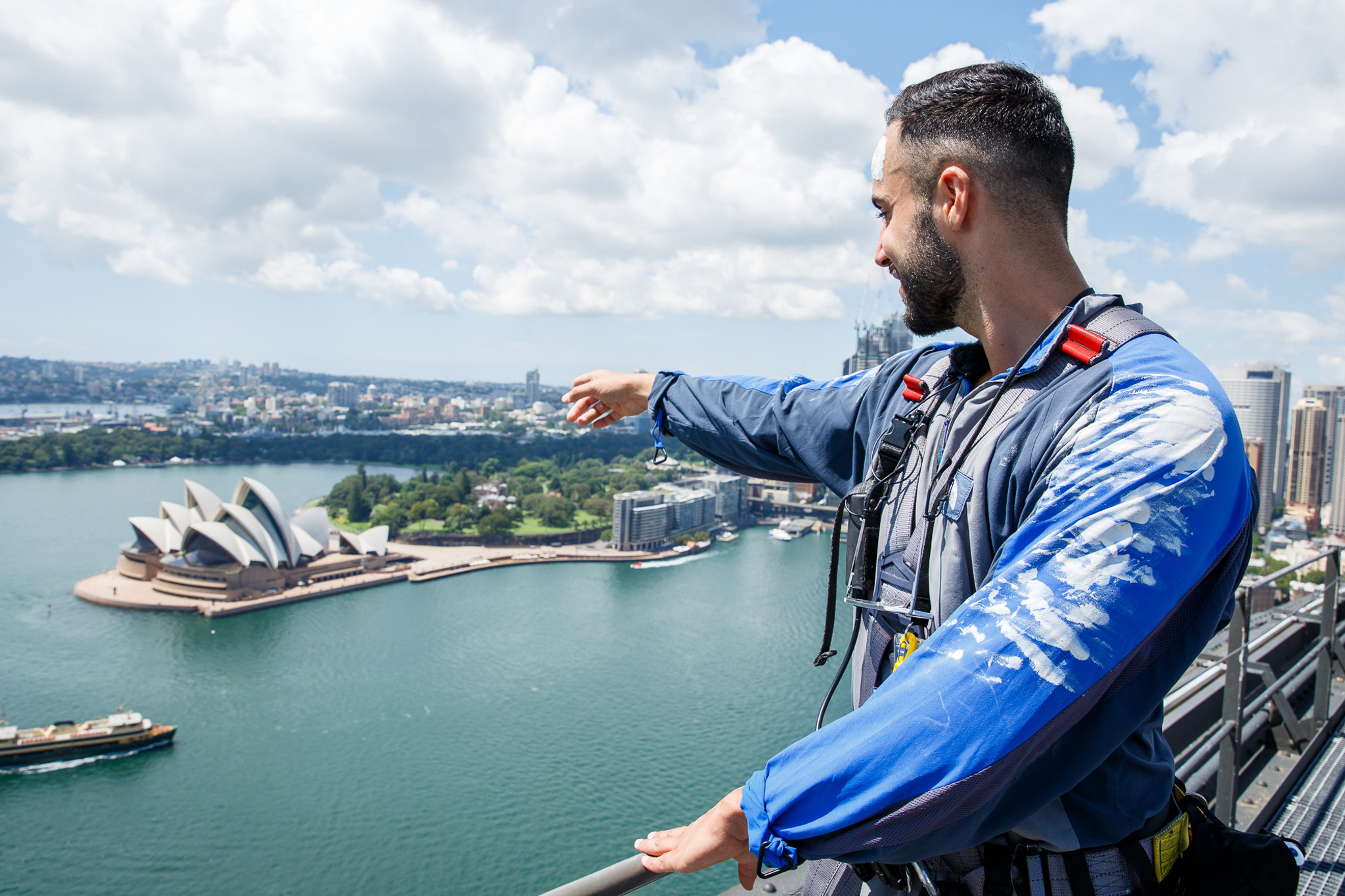
Burrawa Aboriginal Climb Experience, Sydney Harbour Bridge, NSW © Tourism Australia
I’ve climbed the Sydney Harbour Bridge several times, once at dawn as the sun was peeking over the Pacific Ocean to the east, and once at dusk, when the city’s sky reflected an artist’s palette of fiery colours. Both ascents were unforgettable, but only when I signed up for the Burrawa Indigenous Climb Experience did I truly see Sydney in a new – and overdue – light.
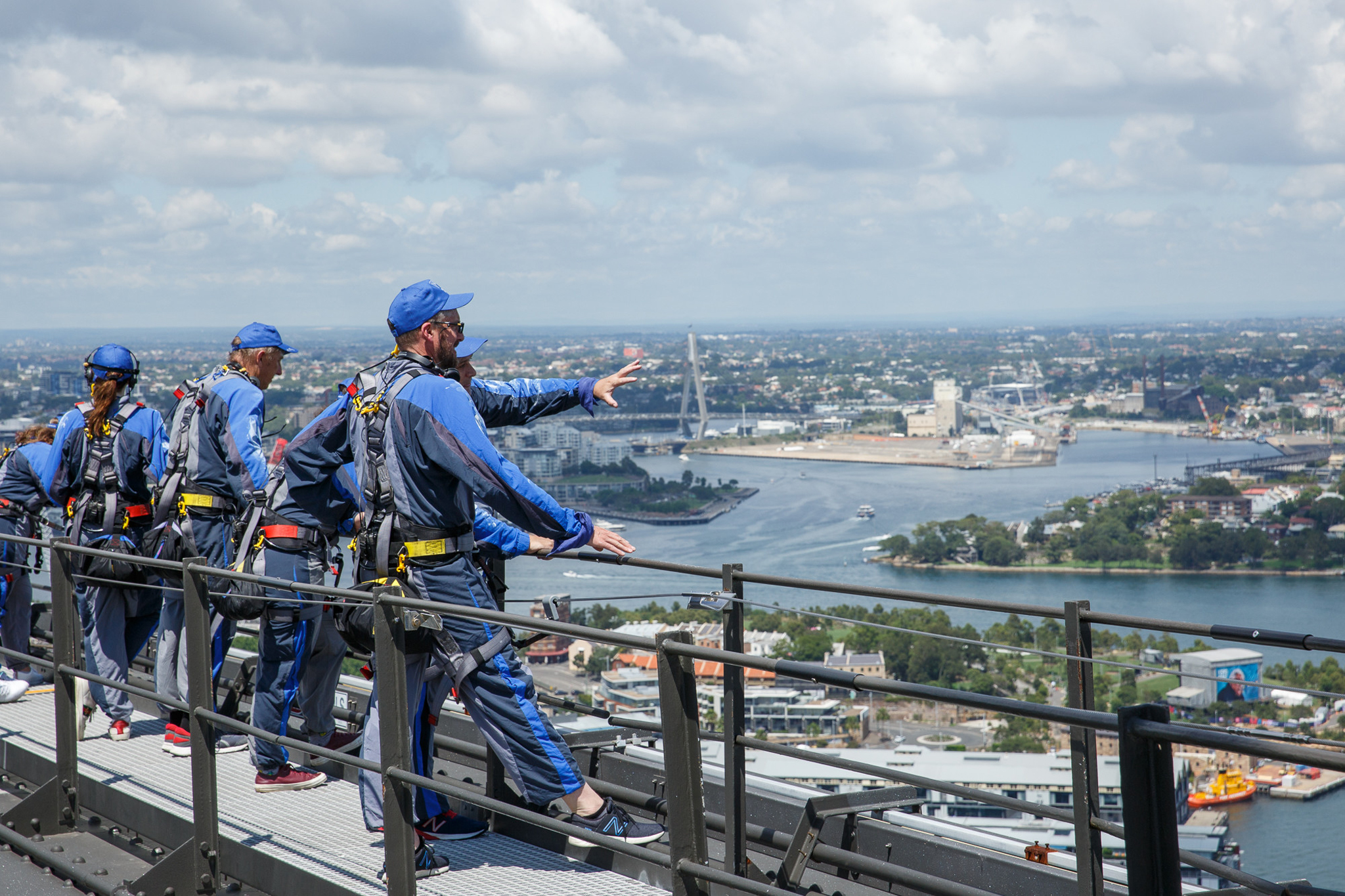
Burrawa Indigenous Climb Experience, Sydney Harbour Bridge, NSW © Tourism Australia
Reaching new heights
BridgeClimb Sydney’s latest addition to its portfolio, Burrawa was conceptualised by Wesley Enoch AM – the Sydney Festival’s artistic director from 2017 to 2021. It was then developed in consultation with not-for-profit organisation Tribal Warrior; a portion of my ticket price supports the group’s community projects.
The combined goal was to step through at least 65,000 years of history, revealing the city through Indigenous eyes and explaining what the surrounding landmarks mean to the Eora Nation, the name for the Aboriginal groups that have called the Sydney/Warrane region home for time immemorial.
My lead guide is Noonuccalwoman Shona Davidson, who worked for BridgeClimb before Burrawa was a twinkle in Wesley’s eye – she not only knows every nook of the city, but also the Aboriginal stories defining them.
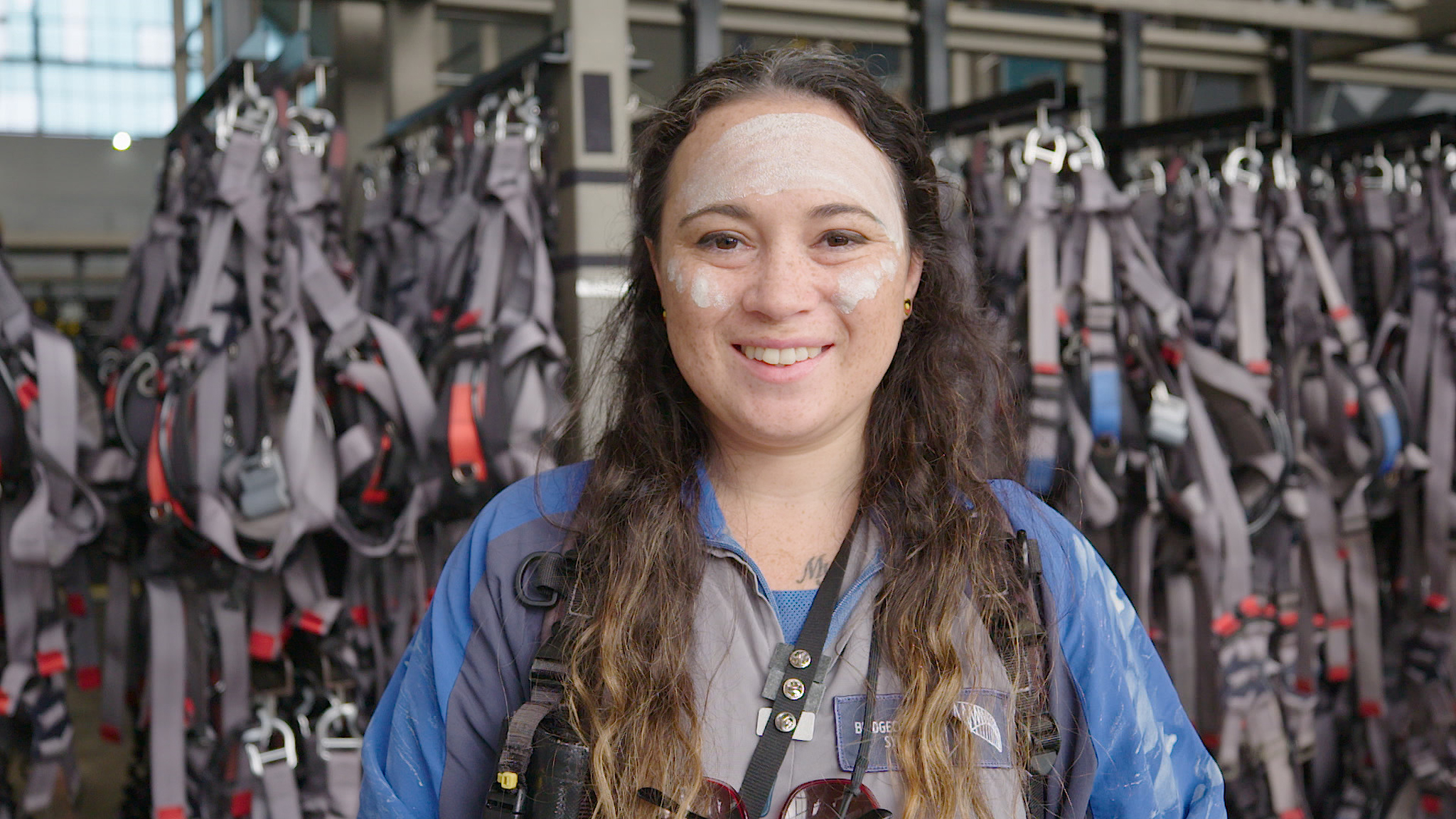
Burrawa Indigenous Climb Experience, Sydney Harbour Bridge, NSW © Tourism Australia
Higher learning
As we climb, harnessed to the enormous steel arch, Shona teaches us a few Indigenous words, including burrawa, meaning ‘above’ or ‘upwards’ in the local Aboriginal language. It’s fitting that we learn this in view of Dawes Point in The Rocks/Tallawoladah, where Cammeraygal woman Patyegarang became Australia’s first Aboriginal language teacher, instructing botanist and explorer William Dawes.
The pearly sails of the Sydney Opera House are always in view as we continue up the 1,332 steps. As we pause for breath, Shona points out where a three-metre-high midden (ancient and sacred pile of shells) once stood on Bennelong Point. For the Eora Nation, middens were an important inter-generational conservation story, speaking of what had been eaten, and what needed preservation. When Europeans arrived, she told us, the shells were burnt to lime and used to build the colony.
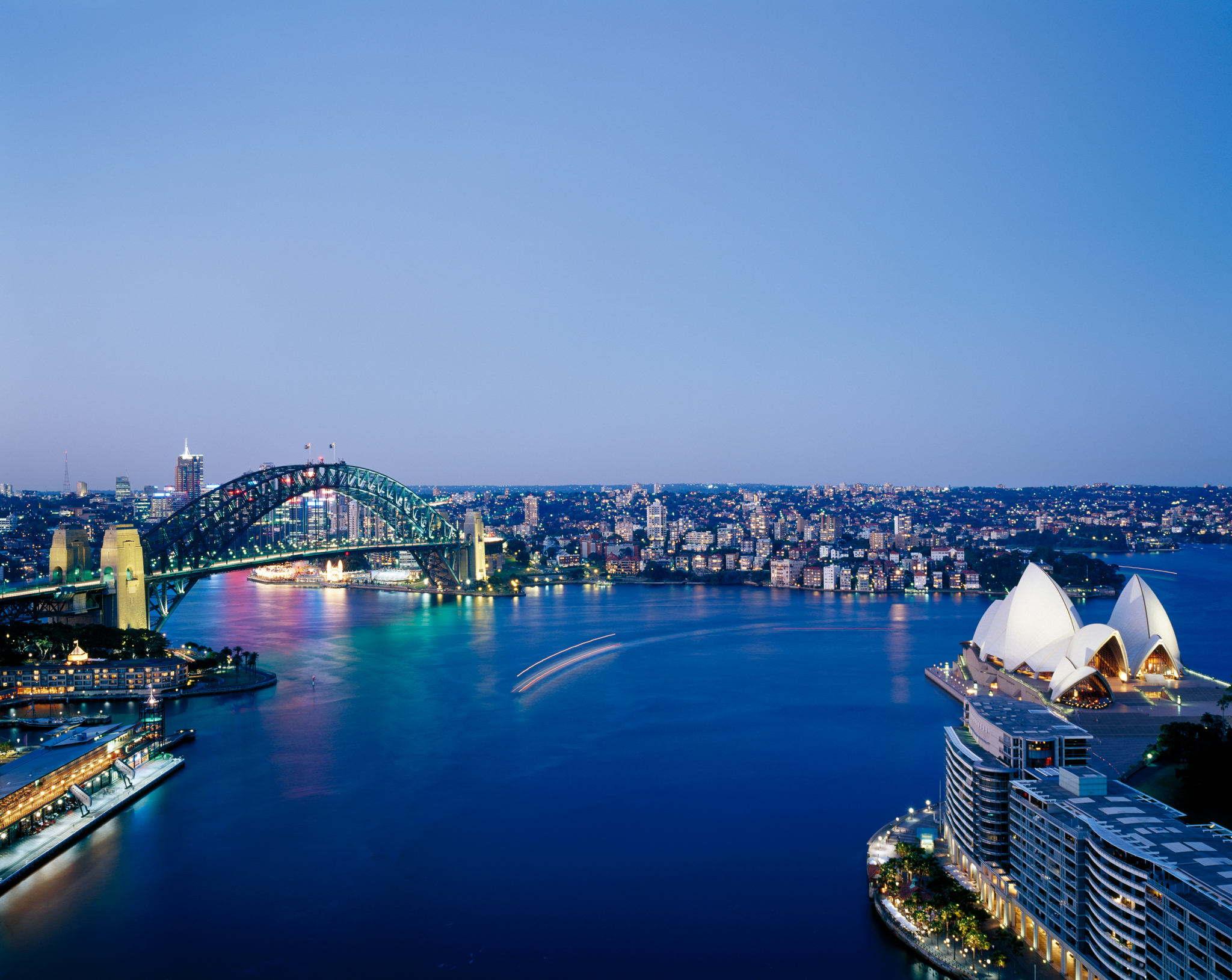
Sydney Harbour Bridge, Sydney/Warrane, NSW © Tourism Australia
Cultural views
When we reach the summit, 134 metres above the water, Shona takes our obligatory selfies and we gaze at ferries zipping across the harbour from Circular Quay to Manly Cove (Kai’ymay). This, says Shona, is where 18th-century Wangal man Woollarawarre Bennelong lived when the colony first arrived in Sydney. He was recruited to become a mediator and interpreter for then-governor Arthur Phillip, and was the first Aboriginal man to travel to Europe and return.
His wife, Cammeraygal woman Barangaroo, was an equally powerful leader, and today Sydney’s newest inner-city precinct bears her name. The enormous spire of Crown Sydney dominates the skyline here, but Shona explains that at ground level, expansive parklands are planted with native trees in homage to the district’s namesake.
As we descend, Shona points to where the Tank Stream once flowed below the central business district of Sydney/Warrane. It’s a trickle today, but this freshwater supply once supported the Gadigal people (whose traditional territory stretches along the southern fringe of Sydney Harbour) for millennia, and was the main reason Captain Phillip chose this spot as the foundation for European settlement in Australia.
Three hours and countless eye-opening stories later, we’re back at ground level. I can’t help but wonder what other Indigenous secrets Sydney holds.
